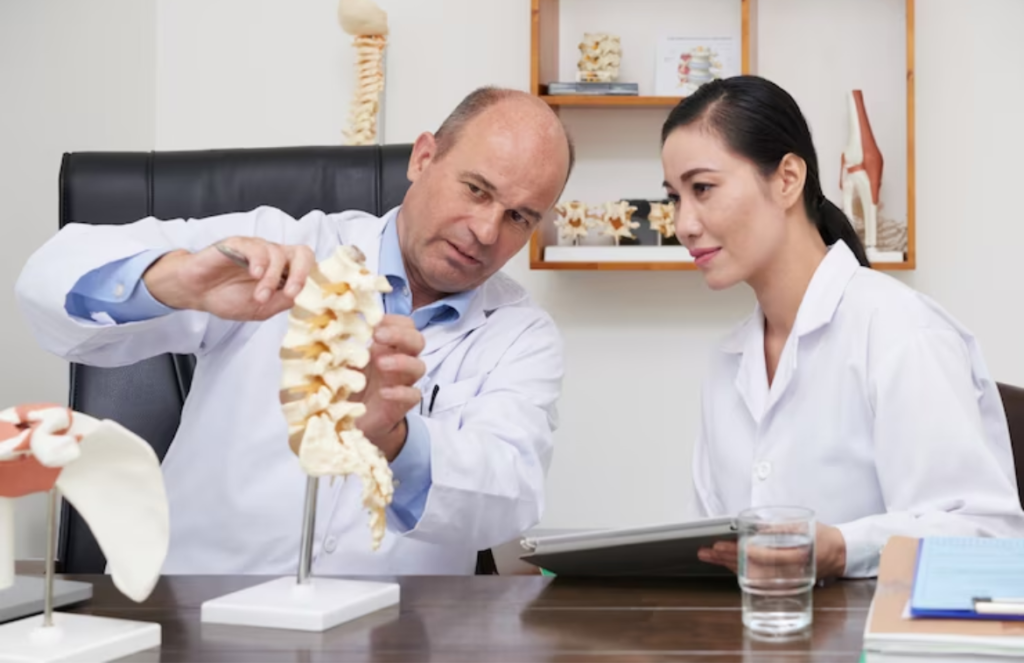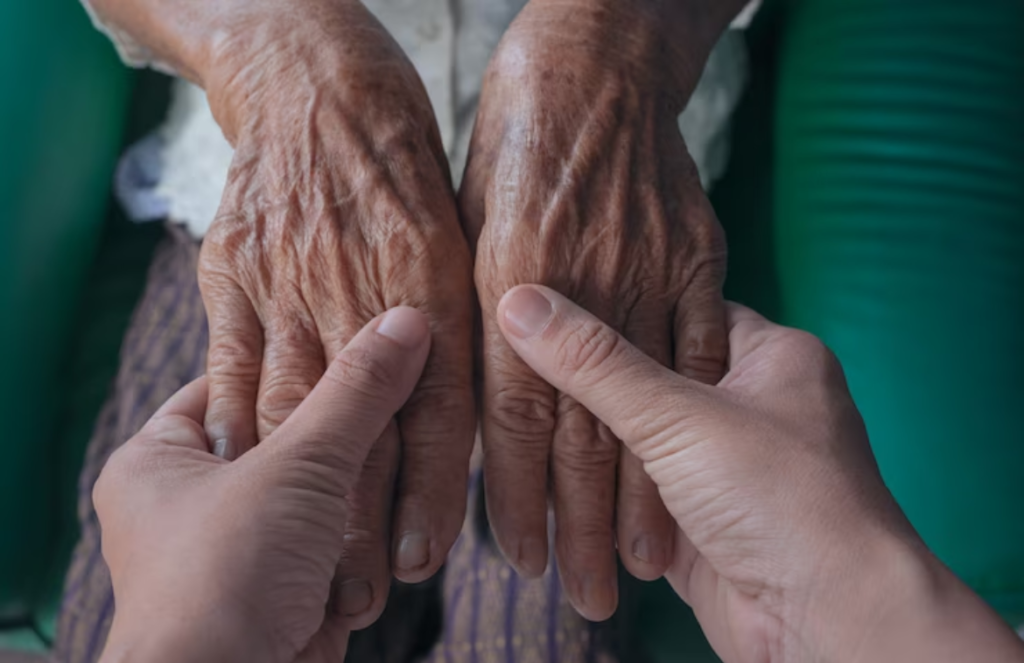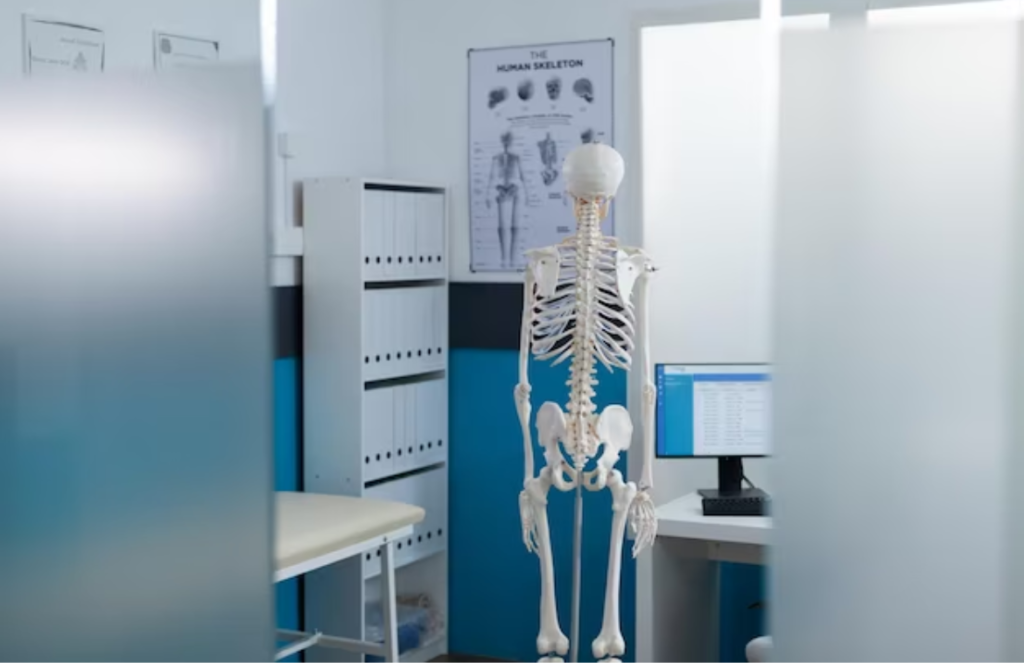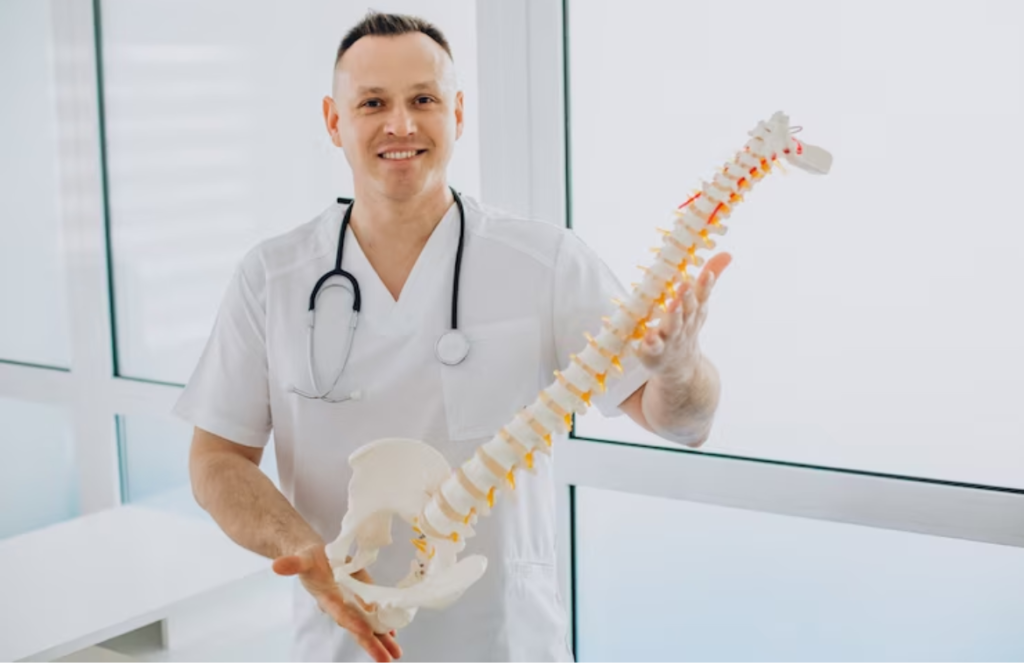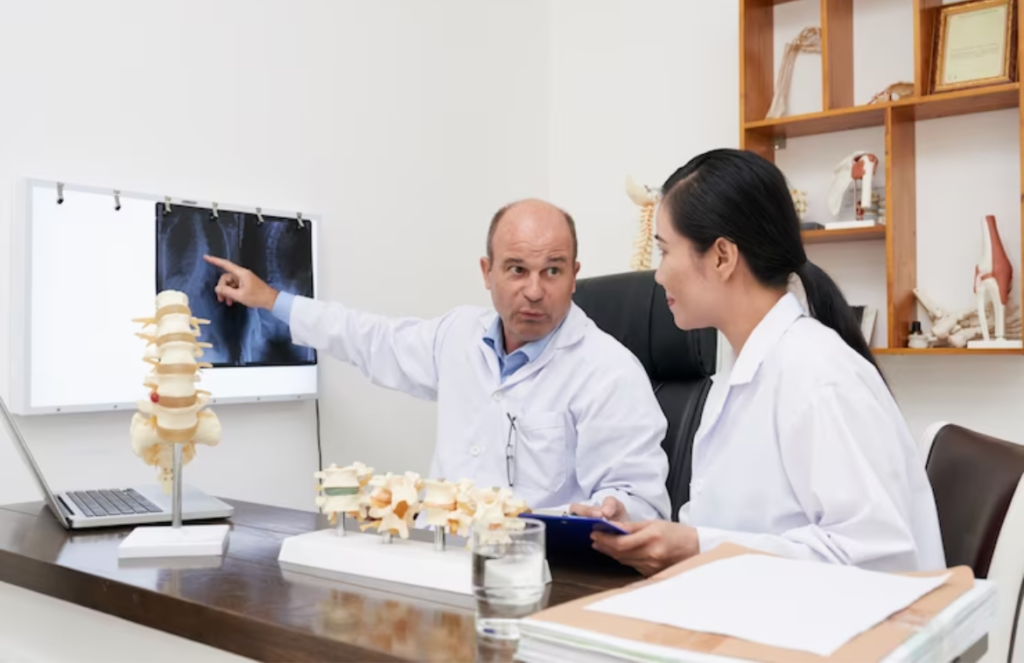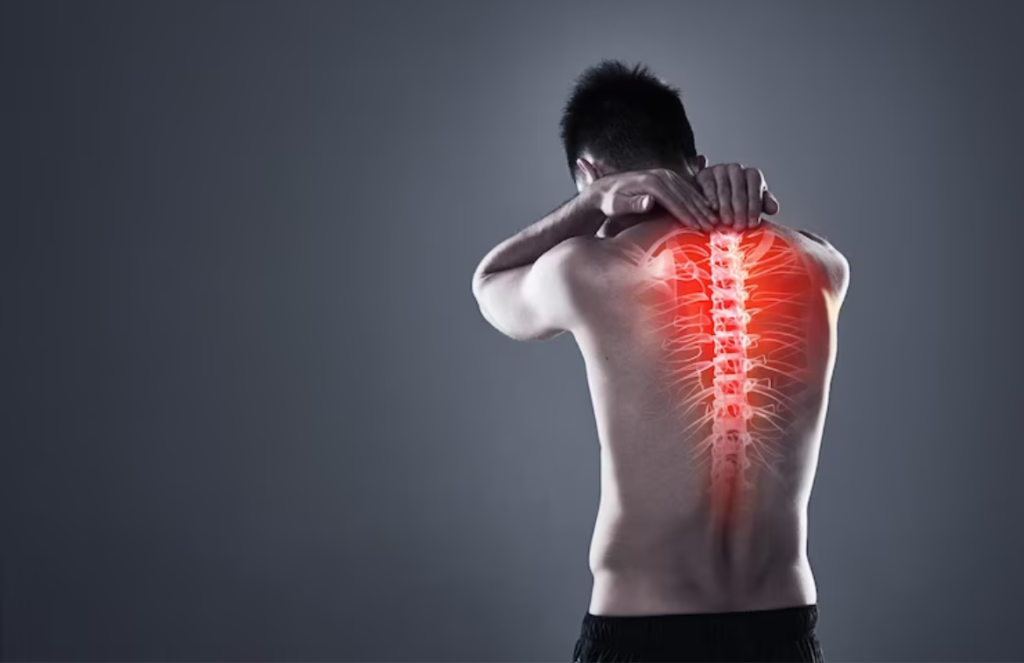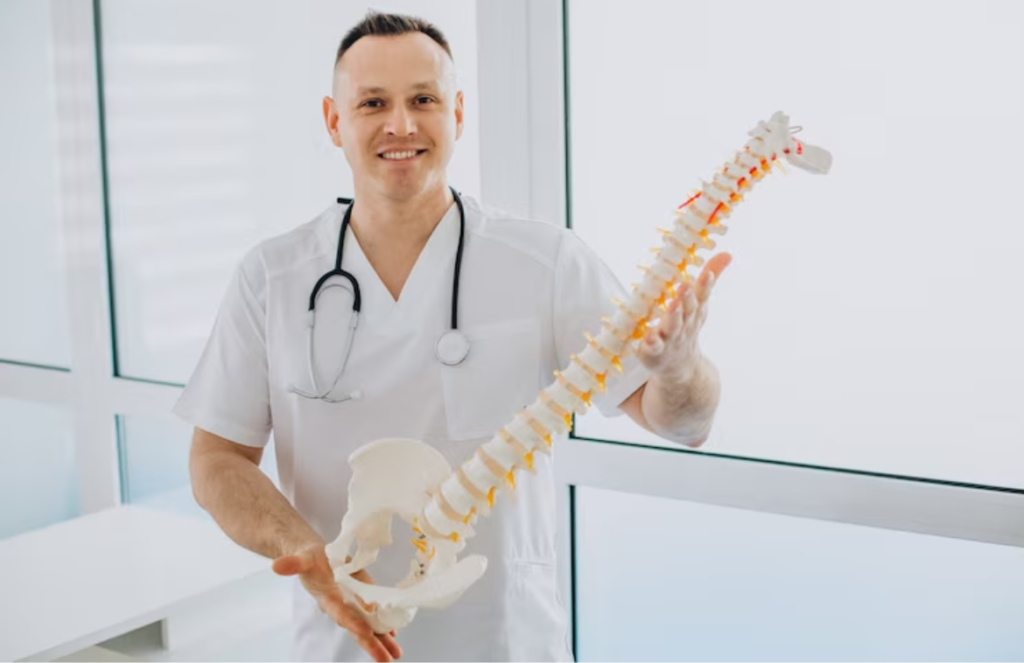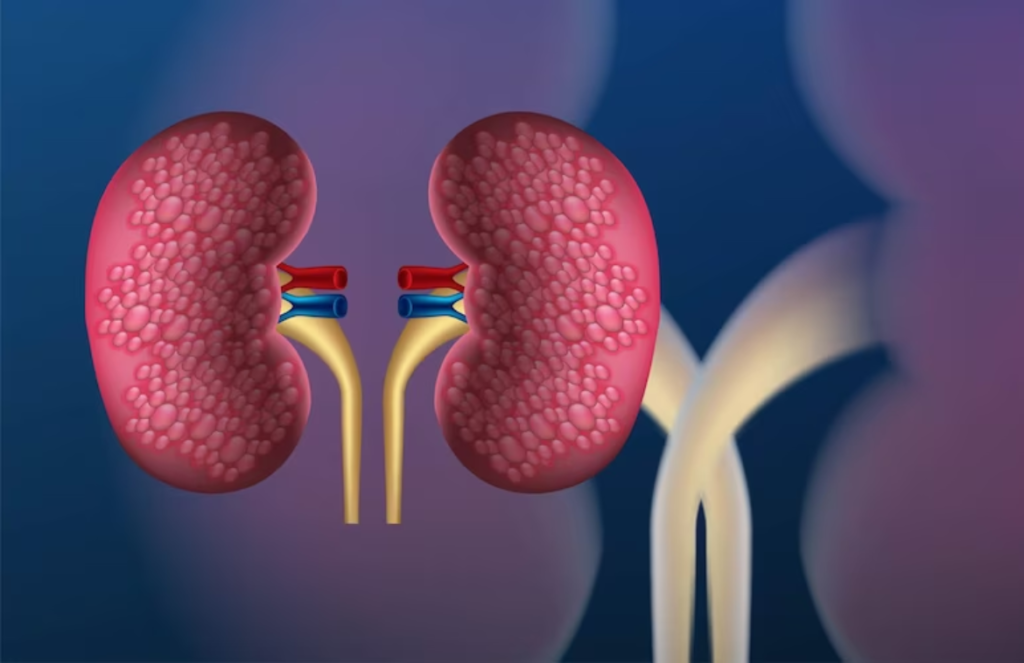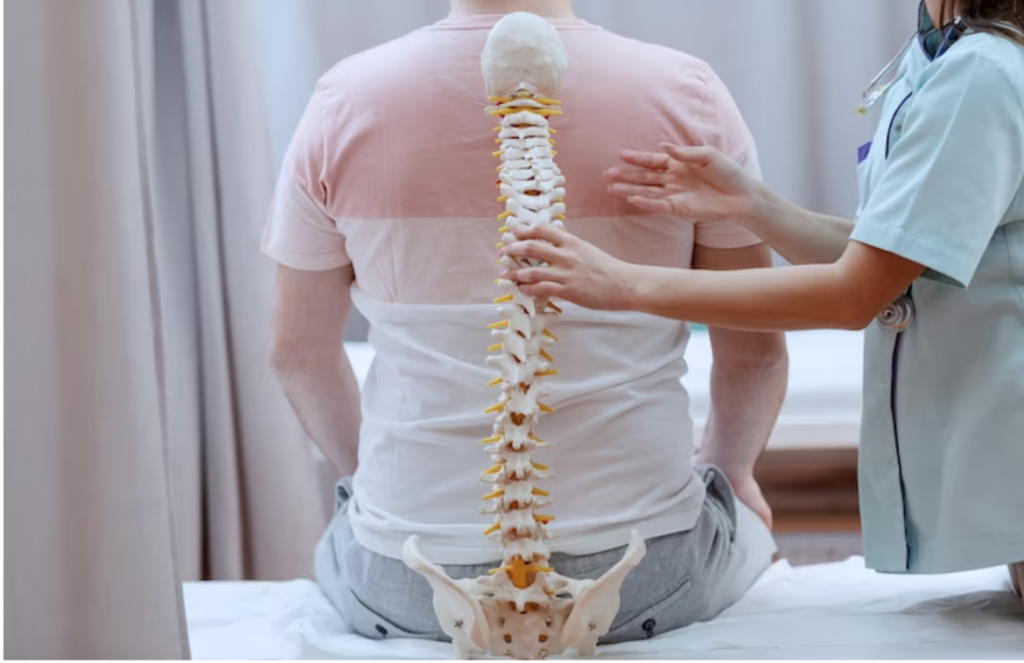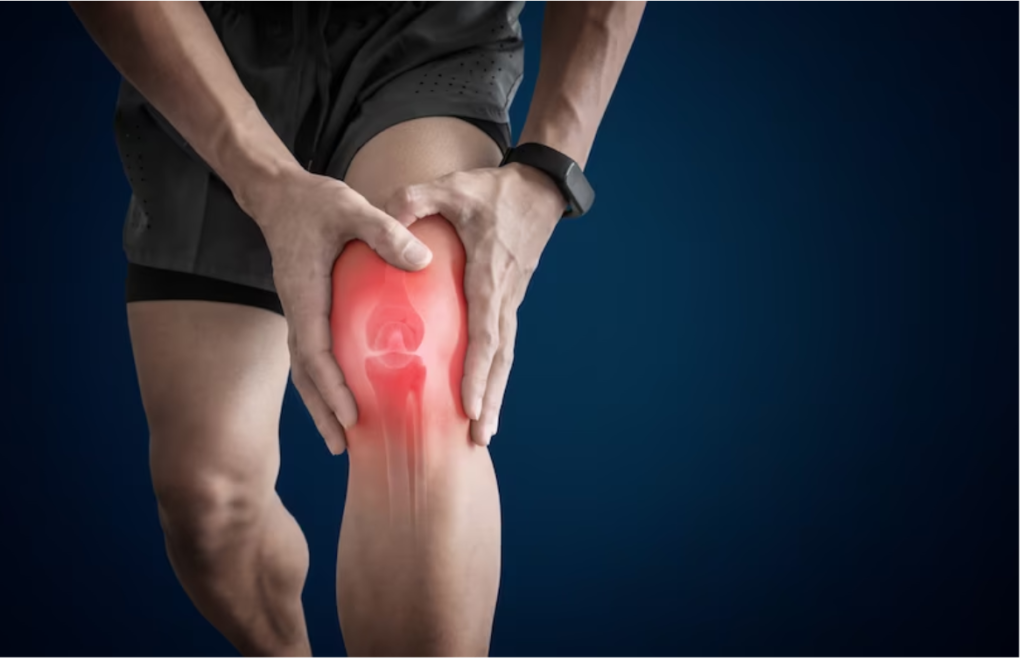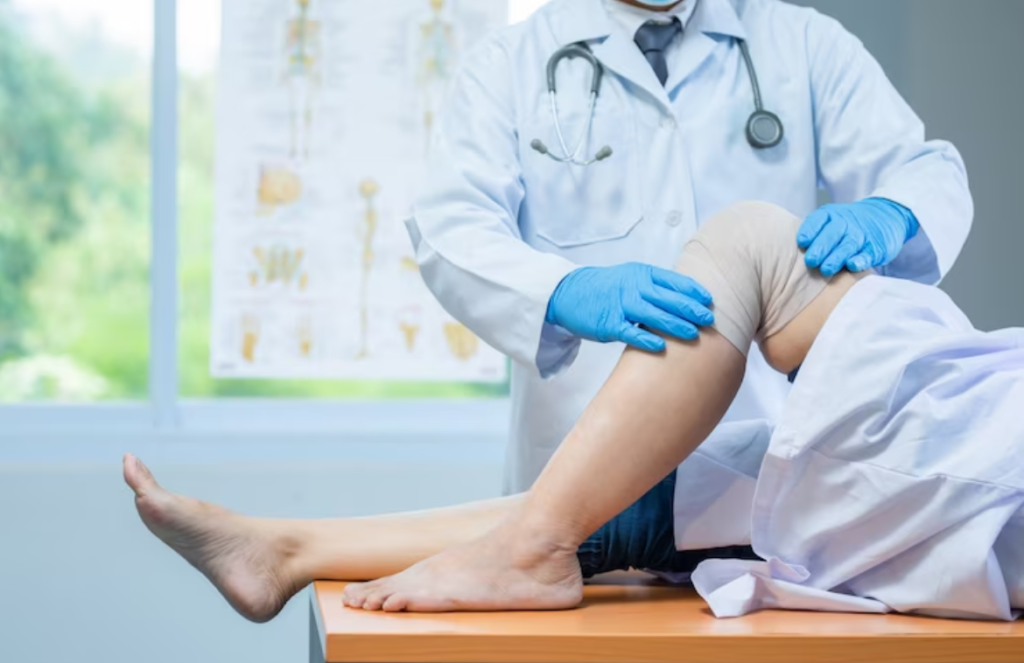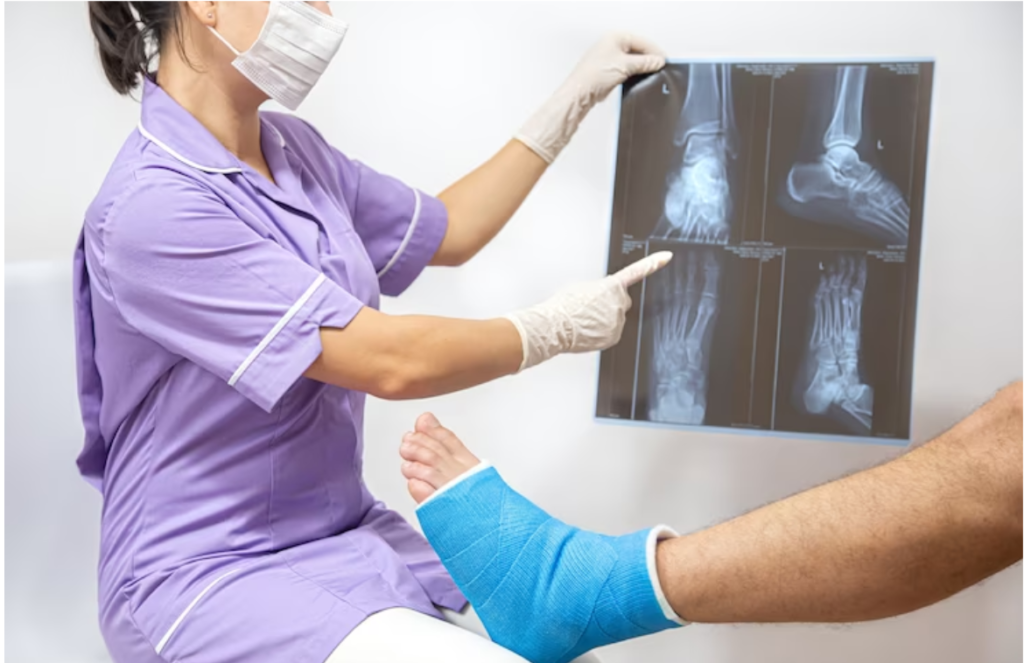Exercise should not make the existing osteoarthritis of the hip worse overall; practicing new exercises can indeed at times cause short-term muscle pain as the body gets used to moving in new ways.
If such pain can last more than two hours after exercise, then the person might be pushing too hard.
Everyone needs exercise, but it is especially important for people with arthritis. Exercise does increase strength and also makes moving easier. Exercise reduces joint pain and also helps fight tiredness.
People with arthritis need to work with their physical therapist or doctor to adjust their exercise program when they do notice problems like unusual or even lasting fatigue, more weakness, less range of motion, or more joint swelling.
Why exercise for osteoarthritis?
Everyone does need exercise, but it is especially important for people with arthritis. Exercise does increase strength and also makes moving easier. Exercise does reduce joint pain and also helps fight tiredness.
Of course, when joints are indeed stiff and painful, the thought of walking around the block or swimming seems too much. There is no need to run a marathon or even swim for miles. Even moderate exercise can indeed ease pain and help a person stay at a healthy weight. In short, when arthritis does try to slow a person down, exercise can keep the person moving.
The right kinds of exercise can, of course, improve health and fitness without hurting one’s joints. Combined with a treatment program, exercise adds quality to life, like:
- Strengthen muscles around one’s joints.
- It helps maintain bone strength.
- Increases energy.
- Improves balance
- It makes it easier to sleep well.
- Helps control weight.
- Improves mood.
Bones do need strong muscles for support. Not exercising does weaken those supporting muscles. Weak muscles do put more stress on a person’s joints.
Checking with a health care provider to start with
Talking to one’s care provider about making exercise a part of the treatment is a good idea. The best exercises do depend on the type of arthritis and which joints the arthritis happens to be in. A member of the health care team, like a physical therapist, can help find the exercise plan best suited to.
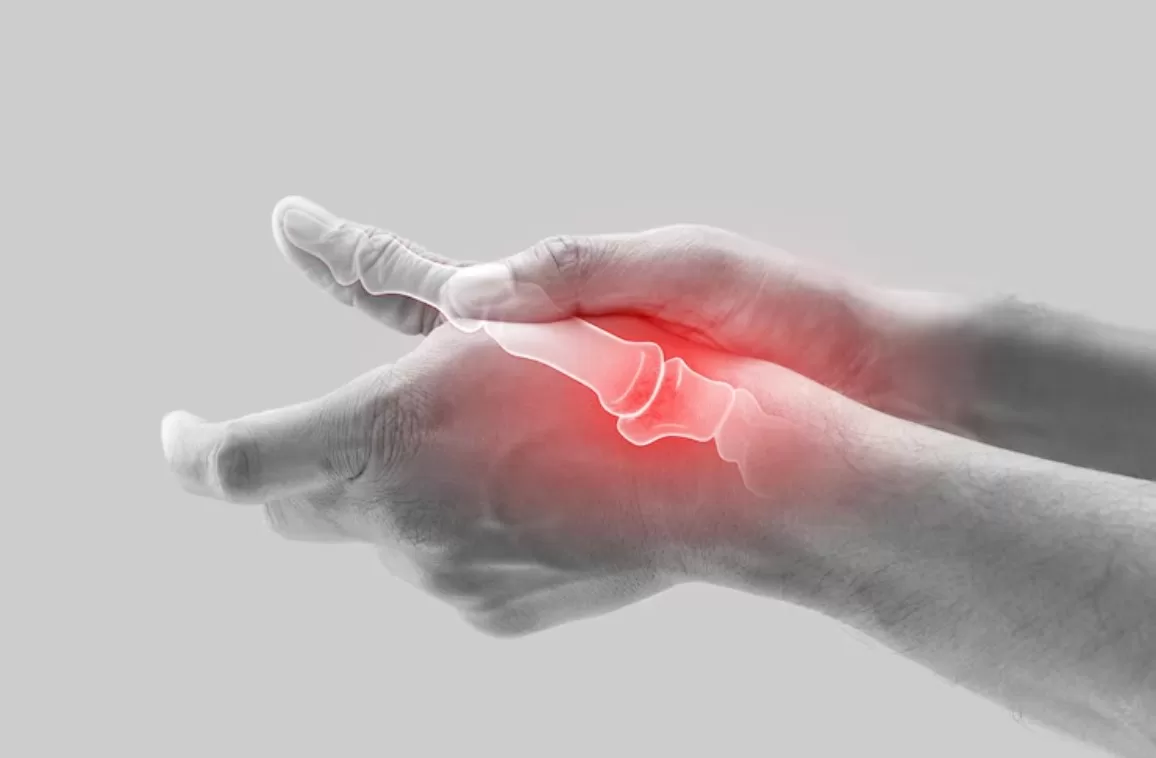
Range-of-motion exercises
These exercises lessen stiffness and put joints through their full range of motion.
Strengthening exercises
These exercises help build one’s strong muscles that can support and protect the joints.
Aerobic exercise
Exercises that raise the heart rate, known as aerobic exercises, help with overall fitness. They can improve heart as well as lung health, help control weight, and also increase energy.
A few aerobic exercises that are easy on joints are walking, bicycling, swimming, and water aerobics. It is better to do moderate aerobic activity most days of the week.
Other activities
Any movement, no matter how small it may be, can help. Daily activities like mowing the lawn, raking leaves, and walking the dog count.
Exercises that focus on how the body moves, like gentle forms of yoga or tai chi, can also help. They can indeed improve balance and posture, prevent falls, and also ease tensions.
Do not overdo exercise
The person may feel a little pain and stiffness after exercise if they have not been active for a while.
Conclusion
Check with one’s care provider about exercise programs in one’s area for people with arthritis. Some hospitals, clinics, and health clubs do offer special programs.
With osteoarthritis, it is indeed best to avoid activities that can cause stress on one’s joints to minimize further joint inflammation and pain.

